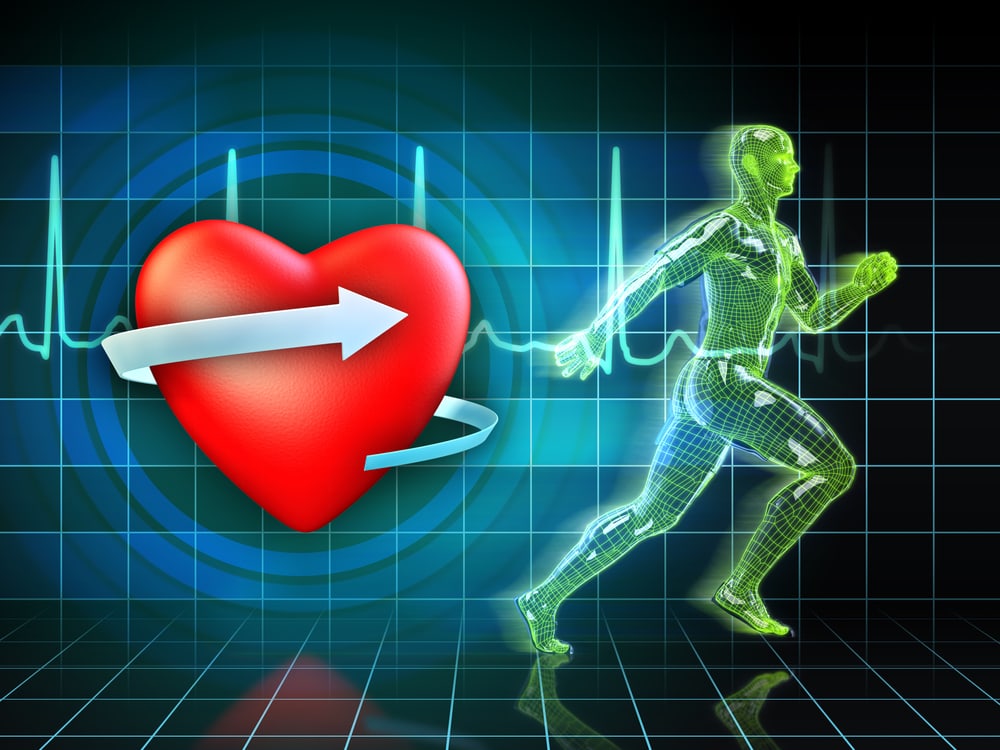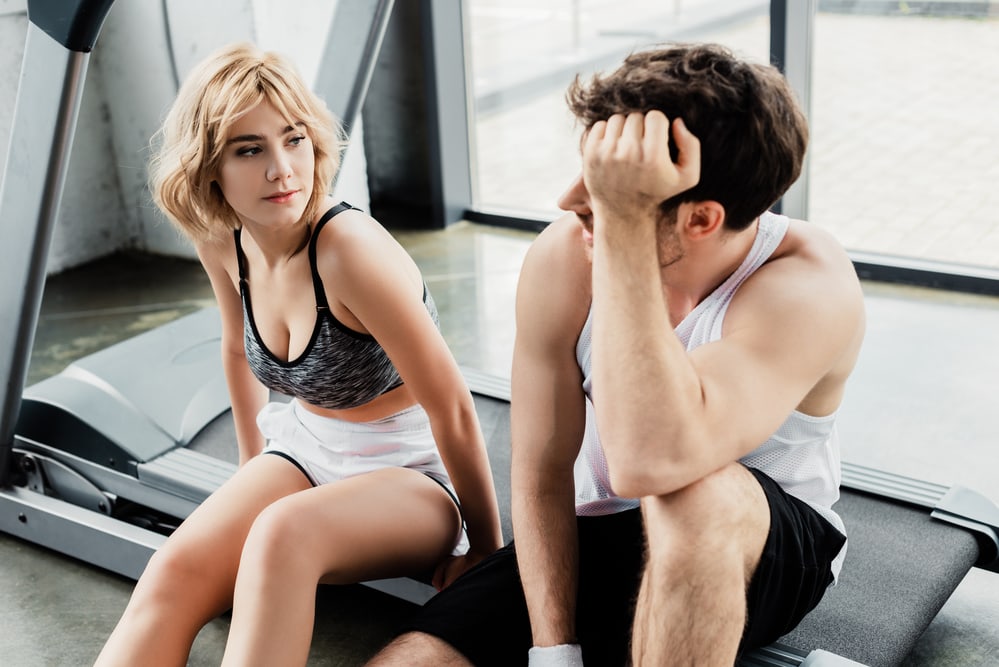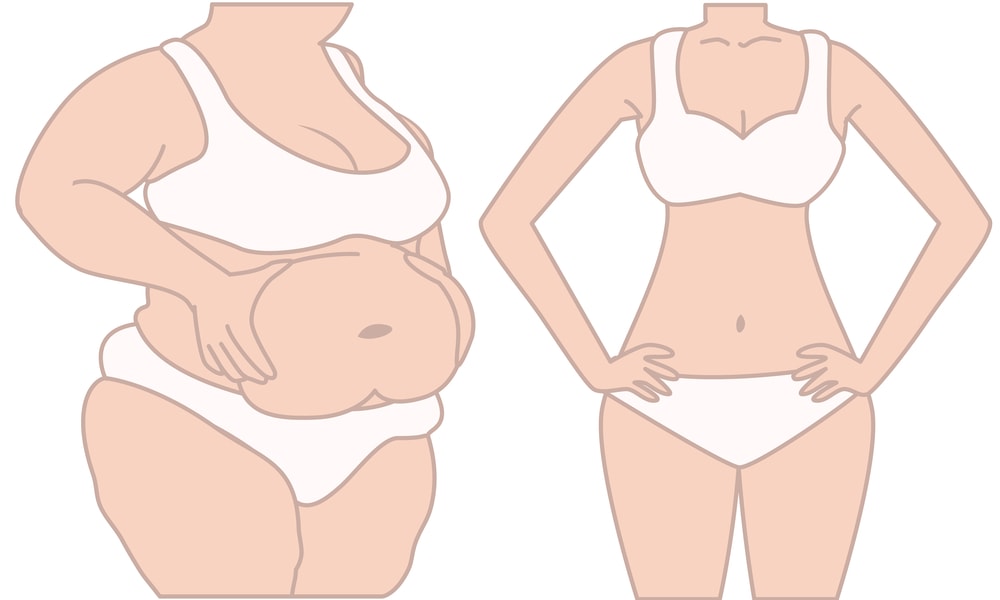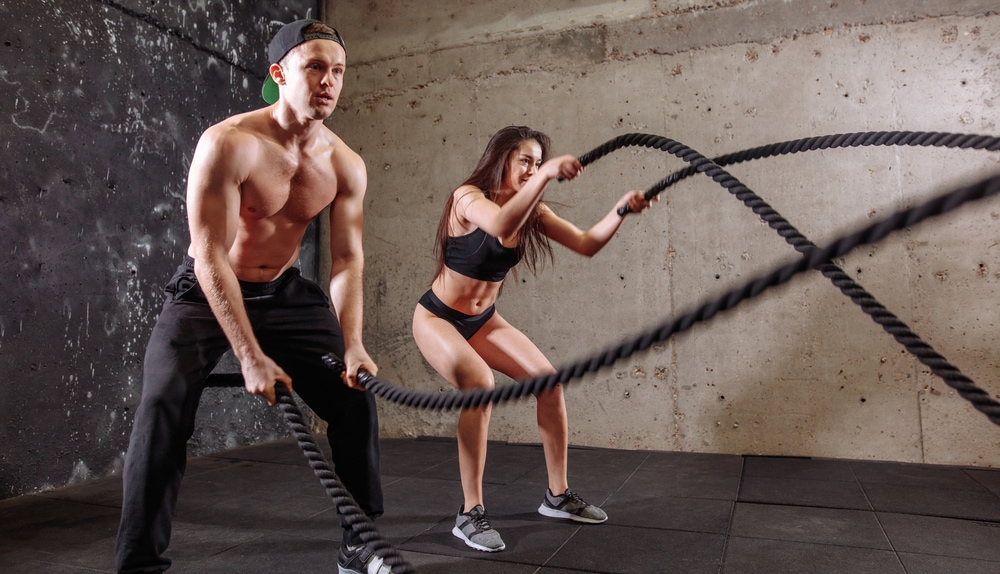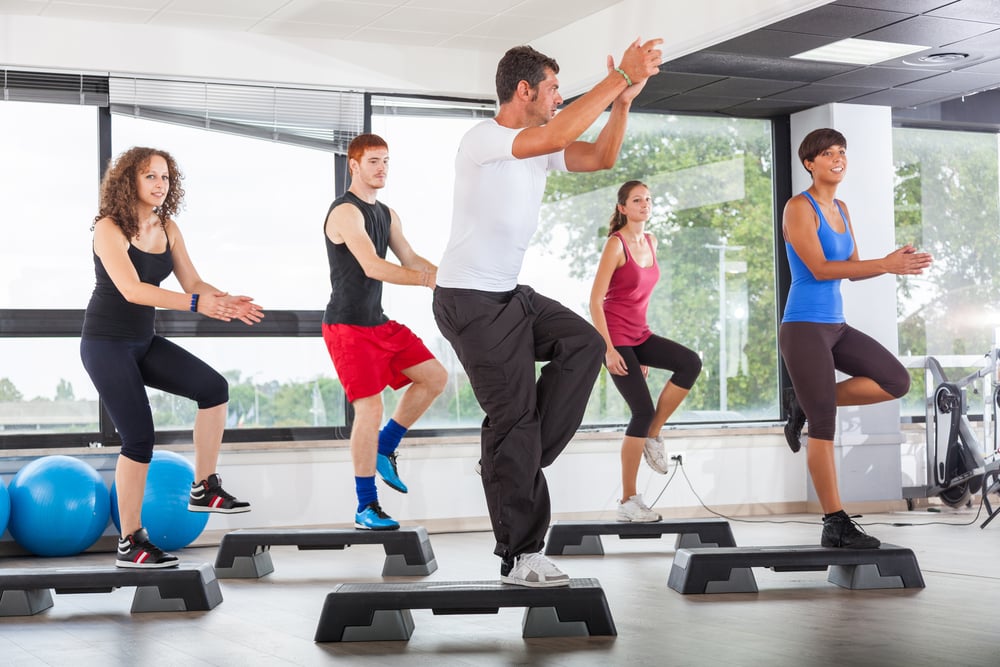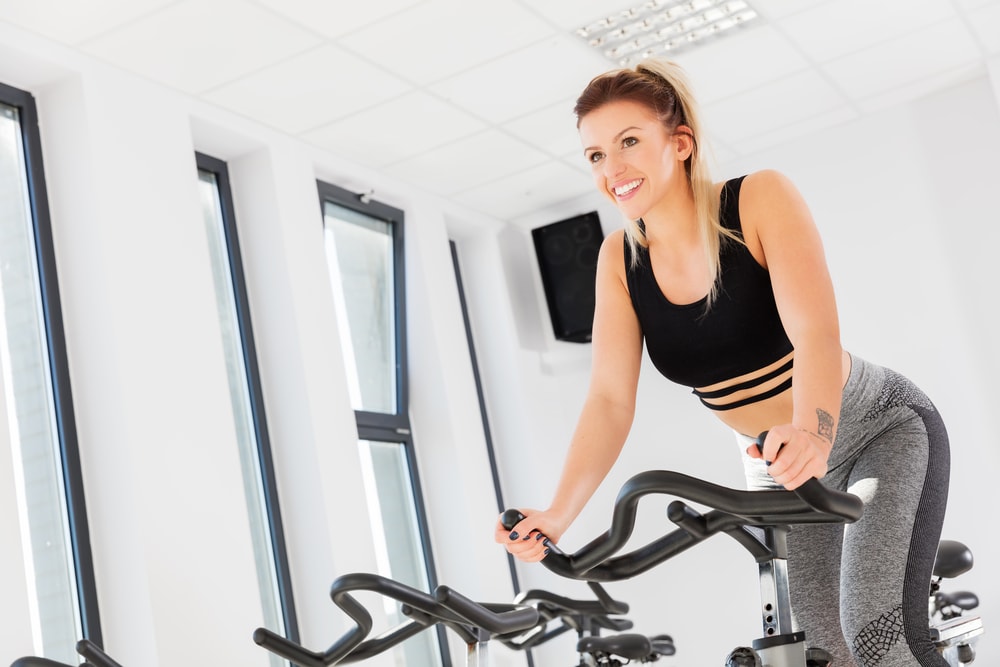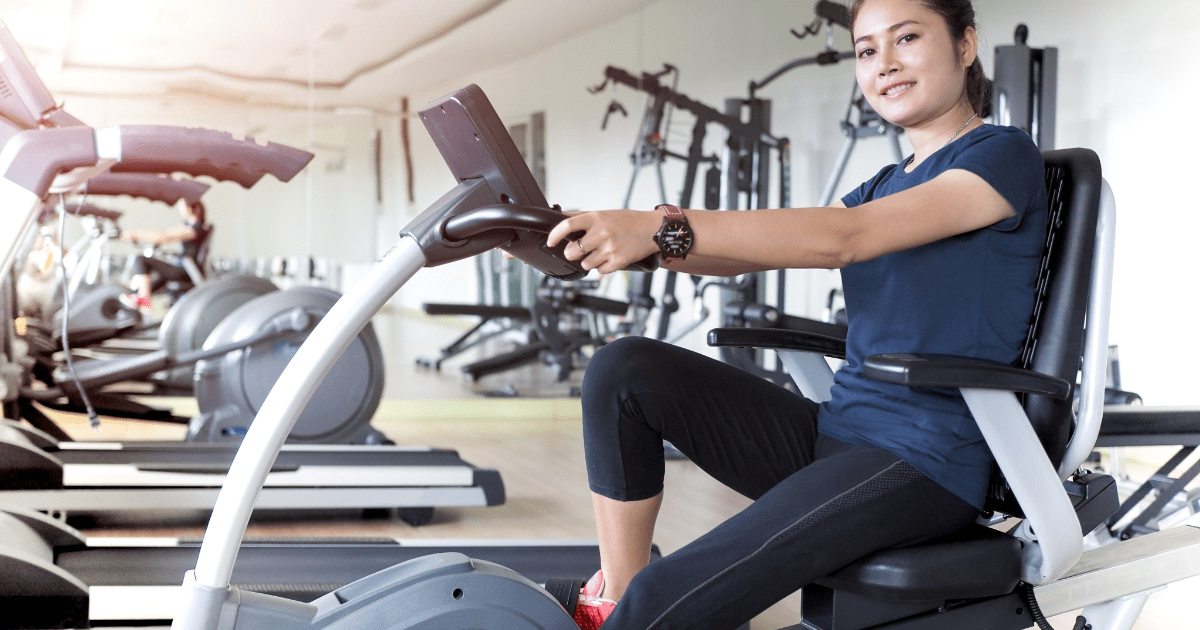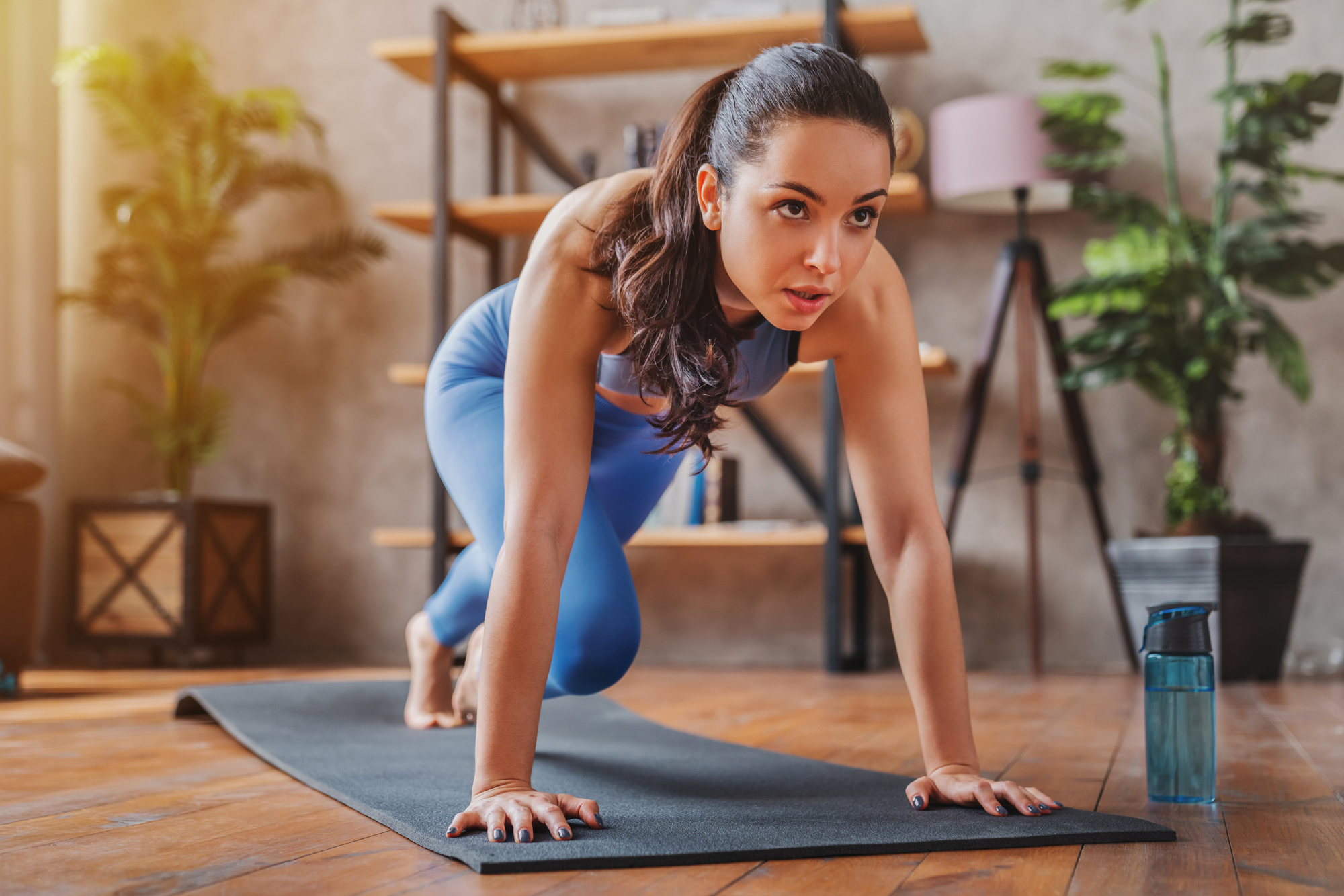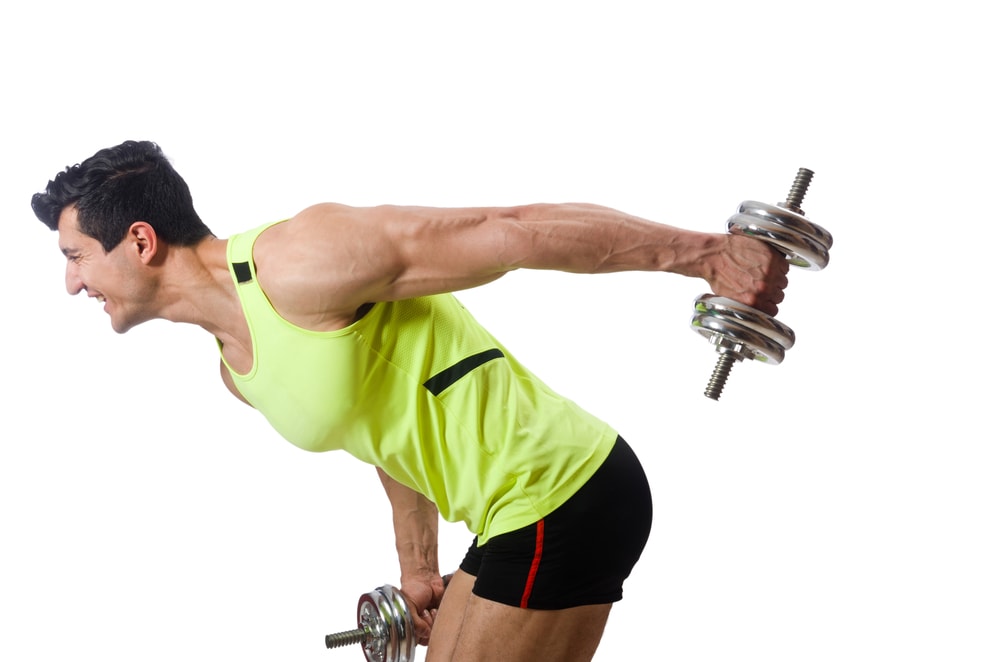How To Gain Muscle Naturally – 10 Proven Ways
1. Eat More Protein One of the most important things you can do to gain muscle is to make sure you’re eating enough protein. Protein is the building block of muscle, so if you’re not consuming enough of it, your body will have a difficult time adding new mass. Aim to consume 0.7-1 grams of … Read more

